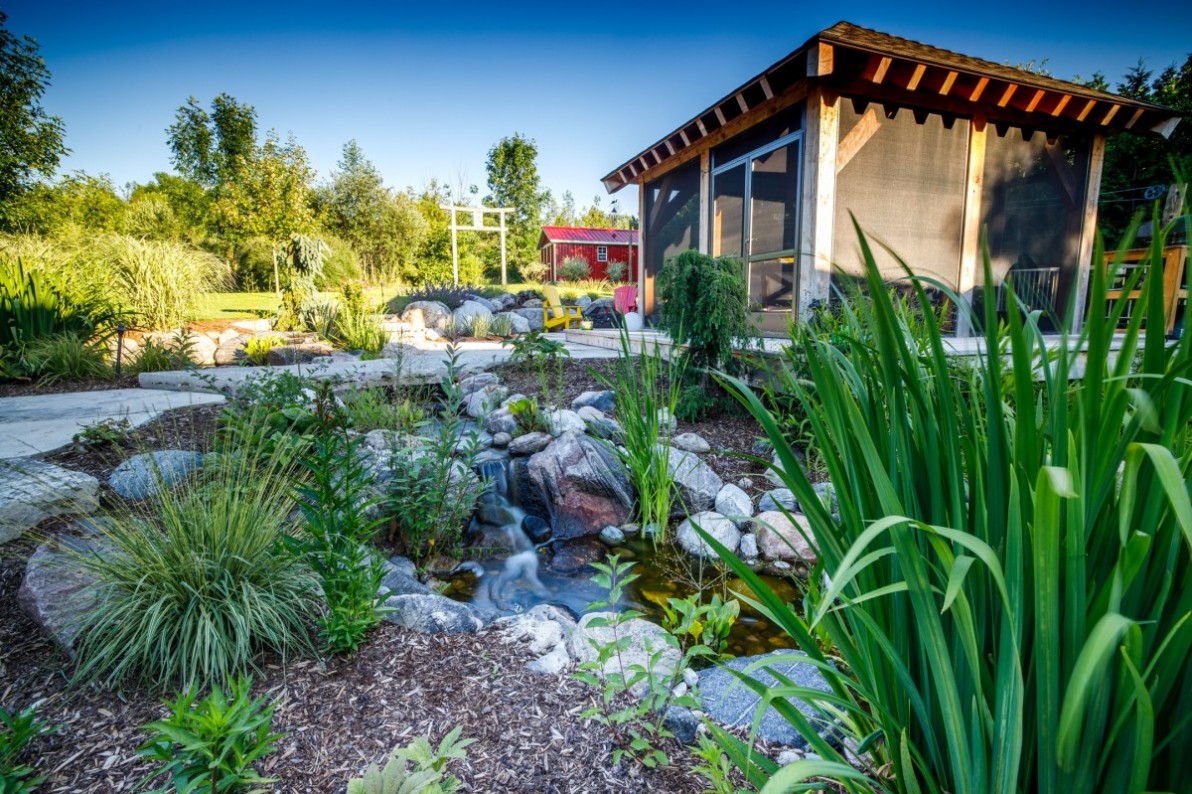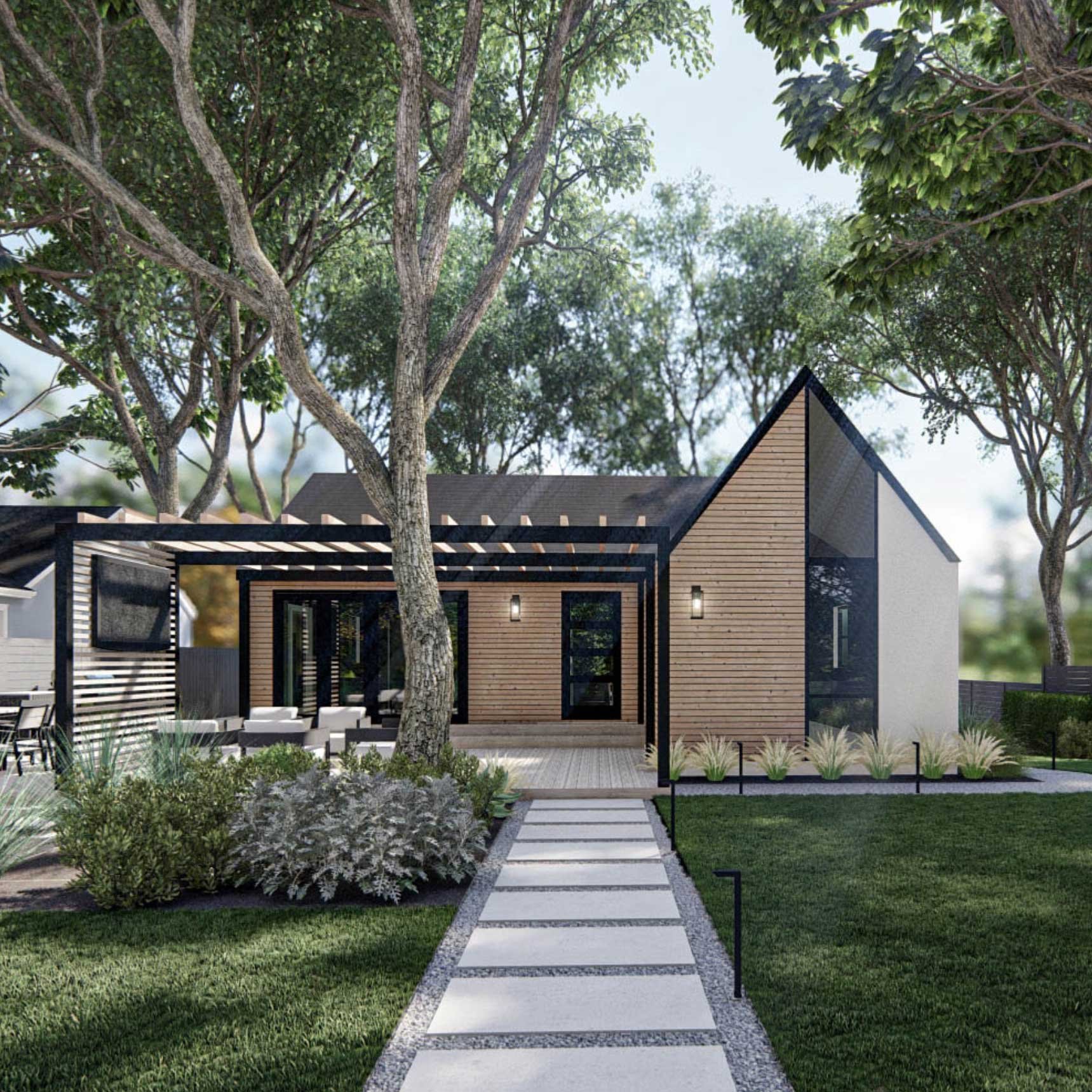Some Known Questions About Landscapers.
Some Known Questions About Landscapers.
Blog Article
3 Easy Facts About Landscapers Explained
Table of ContentsThe 9-Minute Rule for LandscapersThe Basic Principles Of Landscapers All about LandscapersSome Known Incorrect Statements About Landscapers Landscapers for BeginnersAll about Landscapers
- A yard attribute where water is represented by an accumulated rock item, usually a gravel or granite. These are most typically located in modern and Japanese garden style.- A rock or natural flagstone patio, path, or pathway developed without a concrete base. The base would certainly be compressed gravel and the joints would be an aggregate or walkable ground cover. - A rock retaining or totally free standing wall constructed without the usage of mortar. - An underground structure that collect water and permits it to reduce percolate right into the soil around it.
Landscape layout that is suitable with a sites' atmosphere in both appearance and sustainability without unfavorable impacts to the setting. Edging in the landscape is a line of separation that creates aesthetic interest in the yard by dividing one section from another section.
Locations can also have a sensation of "unit" offered by trees, various other plantings, fencings, or displays. The landscape near the entry to a structure.
8 Easy Facts About Landscapers Described

The element in a landscape layout or area in a landscape that is meant to be most noticeable. The focal point can be a plant, rock, sculpture, gathering room, or other landscape feature.

Examine This Report on Landscapers
Low plants that are allowed or encouraged to spread over an area. Can refer to any type of "difficult" garden elements including statuary or boulders yet the majority of commonly is made use of to refer to courses, outdoor patios, and walls - Landscapers.: Elevation difference in between the level of water in a pond (or the degree of the pump if it rests outside the pond) and the upper outlet of water which affects performance of the water pump in gph (gallons per hour).
Fence boards that run browse around these guys flat, commonly made use of in modern or Japanese-inspired landscape layouts. Correct use of fictional lines can aid the landscape feel attached to the home and other components.
An even more kicked back garden controlled by rounded instead of straight bed lines and a much less inflexible structure. Conventional PNW landscapes are casual. A plant that spreads out greater than desired, or right into environments where it does damage. Rose city has a list of intrusive plants you could try these out that ought to not be installed in landscapes due to the fact that they can infect woodlands or waterways and be difficult to control.
The Landscapers Statements
Smart irrigation controller evaluations and suggestions here. 2-D making of the suggested irrigation system. Can include head positionings and coverage, pipe sizing, GPM specifications, and products required to mount this system. A watering plan is usually unneeded for properties but prevails for business tasks. Accredited expert who creates landscapes, educated in engineering and design along with in cultivation.
The expert who plans and establishes landscape jobs, usually at a residential or tiny business level with the major layout motivation on plantings. Landscape developers generally have less schooling than Landscape Architects and are not accredited. A finished landscape design, detailing all components for the brand-new landscape. This usually takes the kind of a drawing theoretically.
Calcium material utilized to elevate the pH in dirt, which will certainly make it less congenial to moss (Landscapers). A water tight HDPE product used below fish ponds, streams and waterfalls in water attributes. Utilizing several plantings of the same range to load in a location in the landscape. This can lower maintenance and water use in the yard.
A layer of compost or bark dust applied at the base of a plant. A plant that was existing in a geographical location before individuals started changing the landscape.
Some Known Incorrect Statements About Landscapers
Just how the garden or a yard element is prepared in connection to an existing or brand-new feature or to an instructions. Keeping a yard without the use of chemical herbicides, chemicals, or plant foods. Yards that are not cut however grown in landscapes as perennials. This is a partly open sided relaxation or leisure location that adjoins a house, utilized for entertaining, outdoor eating and simply enjoying the outdoor setting.

Plants that offer seasonal rate of interest and then pass away back in the winter months. Cold season turf that is the most common lawn grass in Rose city, OR and the rest of the PNW.An open roofed framework visit here over a patio or other landscape feature.
The most typical landscape crushed rock in the PNW. Location of the landscape designed to deal with rain water up until it can saturate into the ground.
Developing a garden attribute consisting mainly of stones with plantings that complement and can thrive in the rocky environment. Sprinkler head design that revolves a stream of water throughout an area.
Top Guidelines Of Landscapers

Report this page